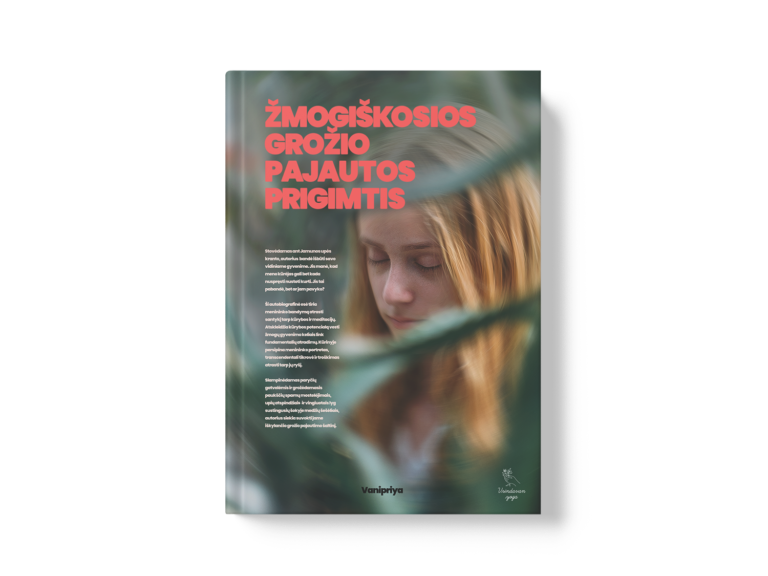07 May The nature of the human sense of beauty
The work is written in an autobiographical style, with the goal of delving into the nature of the human sense of beauty. Through historical backgrounds, the opinions of philosophers and artists, and personal observations, the author investigates beauty, creation, and the creator. The author attempts to explore new insights on the perception of beauty by relying on the experiences of yogis and transcendentalist creators.
The work analyzes concepts, provides hypotheses, and confirms or refutes them, frequently returning to initial evidence such as seasonal changes. It establishes a consistent structure of themes and narrative and is divided into six segments, each of which addresses a different aspect of the problem.
The first section provides a personal observation and articulates the task. The second section examines art’s historical growth as well as its fluid and varied nature. The third examines the limitations of thought and epistemological differences. The fourth section expands on the concept of beauty. The fifth section delves more into suprasensory concepts, as well as drawing more thoroughly on transcendentalism. Finally, in the sixth section, the research is summarized and claims to be a synthesis, a harmonic answer.
The research is based on personal experiences, observations, and analyses. The assumptions gathered generate hypotheses that require extensive research to confirm. Because the suprasensory realm is dangerously subjective and intellectually unprovable without further personal preparation, this study tries to find common denominators and complement each other in a positive, value-adding way between creators and transcendentalist creators.

